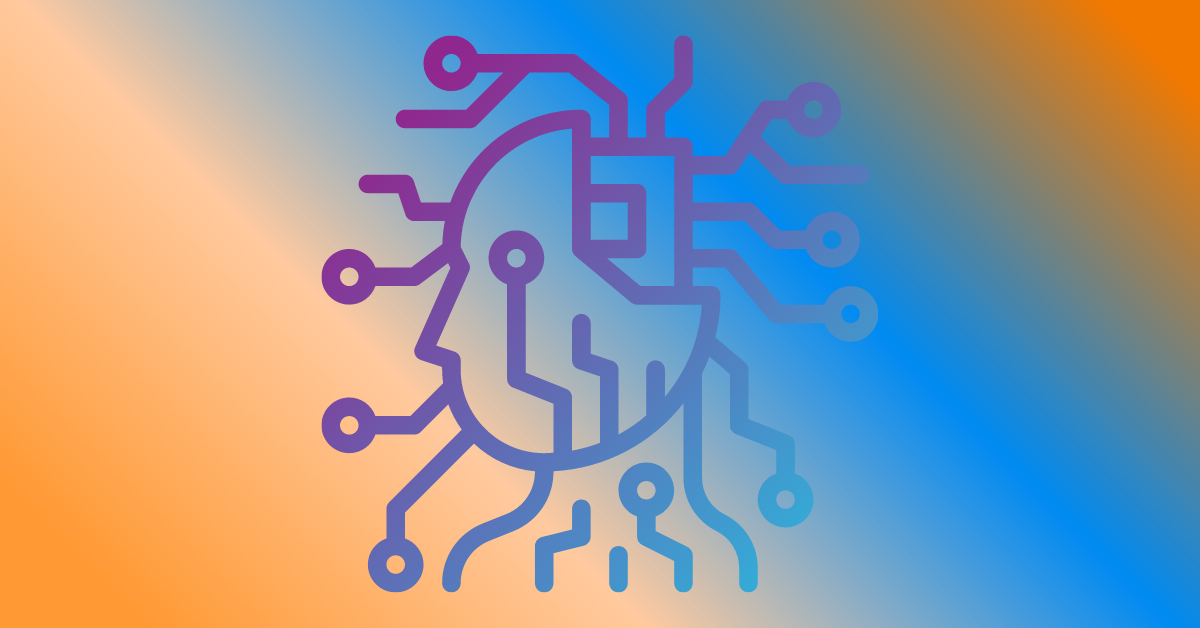The rise of Artificial Intelligence (AI) has revolutionized content creation, but it’s important to distinguish between AI-generated and AI-assisted content. While both utilize AI, the level of human involvement and the creative process differ significantly.
AI-Generated Content
AI-generated content is created entirely by an AI model, without human input during the writing process. The AI receives a prompt or instructions and produces the content based on its training data and algorithms. This can include text formats like articles, blog posts, scripts, press releases, marketing copy, code, musical pieces, emails, letters, etc., or other creative formats like images, videos, and even 3D models.
For example, a prompt for an AI-generated news article might be “Write a 500-word news article about the latest developments in self-driving cars, targeting a general audience.” Or, a prompt for an AI-generated poem might be “Compose a sonnet about love and loss.” The more specific and detailed the prompt, the better the AI model will be able to understand the desired outcome and generate content that meets those expectations.
Examples of AI-generated content include:
- Automated news articles:
AI can generate news reports on specific topics, especially data-heavy or formulaic ones. This can be particularly useful for time-sensitive reporting, such as financial summaries or sports scores. AI can ingest vast amounts of data and generate reports quickly and consistently, freeing up journalists to focus on more in-depth analysis and investigative pieces. - Personalized marketing content:
AI can personalize marketing content for individual customers, tailoring product descriptions, email campaigns, or social media ads based on user data and browsing history. This can improve the effectiveness of marketing campaigns and lead to higher conversion rates. - Chatbots and virtual assistants:
AI powers chatbots and virtual assistants that can answer customer questions, provide support, or even complete simple transactions. This can improve customer service efficiency and allow businesses to operate 24/7. - Creative text formats:
AI can be used to generate different creative text formats, like poems, code, scripts, musical pieces, emails, letters, etc. While these may not be Pulitzer Prize winners, they can provide a starting point for human creativity or be used for less critical applications.
While AI-generated content can be incredibly efficient, it has limitations. It might lack nuance, originality, or the ability to capture complex emotions or arguments. The quality of AI-generated content also heavily depends on the model’s training data and the sophistication of its algorithms.
AI-Assisted Content
AI-assisted content creation involves a collaborative partnership between human creators and AI tools. AI acts as a powerful assistant, offering a wide range of capabilities to augment the creative process. Here are some of the ways AI can assist human content creators:
- Grammar and style checkers:
Tools like Grammarly analyze text for errors in grammar, spelling, and punctuation. They can also suggest improvements in sentence structure, word choice, and overall clarity. These tools can be especially helpful for writers who are not native speakers of the language they are writing in, or for those who simply want to ensure their writing is polished and professional. - Content idea generators:
AI can help brainstorm topics, outlines, or titles for articles or blog posts. AI-powered brainstorming tools can analyze a user’s query or niche and suggest relevant content ideas. These tools can be a great way to overcome writer’s block and generate new content ideas that are engaging and informative for the target audience. - Translation tools:
AI-powered translation software facilitates communication across languages by translating text from one language to another. While machine translation has come a long way in recent years, it is still not perfect and may not always capture the nuances of human language. However, AI translation tools can be a valuable asset for writers who need to translate their content into multiple languages. - SEO optimization tools:
AI can help writers optimize their content for search engines. These tools can analyze a user’s content and suggest improvements to keywords, meta descriptions, and other factors that can influence search engine ranking. By using AI SEO tools, writers can improve the visibility of their content and reach a wider audience. - Summarization tools:
AI can condense lengthy documents into concise summaries.
AI-assisted content benefits from the creativity and critical thinking of humans while leveraging AI to streamline the writing process and improve the final product.
The Blurring Lines
As AI technology advances, the line between AI-generated and AI-assisted content can become blurred. Some sophisticated AI models can produce highly creative work that rivals human output, while humans can rely heavily on AI tools for ideation and drafting.
The rise of AI-generated content raises ethical concerns. Issues of plagiarism, misinformation, and potential bias in AI-generated outputs need careful consideration. Transparency about the use of AI in content creation is essential.
The future of content creation likely lies in a symbiotic relationship between humans and AI. AI will become an increasingly powerful tool for creators, augmenting their capabilities and enabling them to produce high-quality content more efficiently. However, human creativity, critical thinking, and emotional intelligence will remain indispensable.


